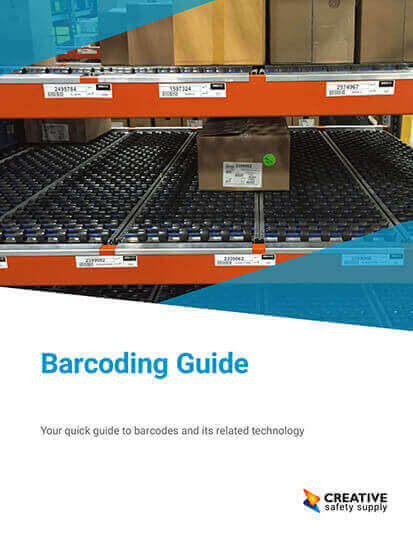
There are several different kinds of asset management systems that companies use to approach the value of both the tangible and intangible objects they possess. Take for example, financial asset management for companies that need a financial advisor to take care of their investment accounts. Non-physical asset management is another example where consumers and organizations purchase intangible objects such as software under a licensing agreement. Maintaining these possessions in a way that upholds the ideology of asset management develops over the lifetime of those items. The main priority of this systematic approach to managing assets is doing so in a way that is the most cost-effective and that comes with the least amount of risk. Basic asset management involves design, operation, maintenance, upgrades, and disposal.
As mentioned before, there are several different industries that take on asset management techniques into their own sector of expertise. However, for the purpose of workplace asset management in industries such as manufacturing or distribution, physical asset management is the star of the show. This type of asset management system focuses on managing the lifecycle of objects such as entire structures, equipment, transport systems, service plants, and much more. These add value to whatever the company is producing, therefore it must be managed in a way that benefits the company.
Enterprise asset management systems, or an EAM, is a type of information data base that holds an organization’s asset all in one place to monitor. This is particularly helpful for inventory management systems, which also falls under the physical asset management sector. EAM is often combined with a computerized maintenance management system, or CMMS to help the business along. Even asset tags are a good resource for this type of application.
Another good source of information for maintaining a successful physical asset management system is the ISO 55000 series of standards. The standard goes over the appropriate terminology, all requirements, implementation, and improvement opportunities for these management systems.
Similar Glossary Terms
- Asset Tag
- Fixed Asset
- Asset Tracking
- Inventory Management
- Asset Life Cycle
- Fleet Management
- Change Management
- SCM (Supply Chain Management)
- Earned Value Management (EVM)


